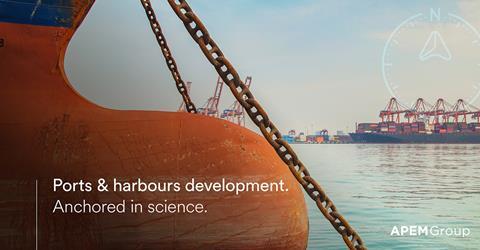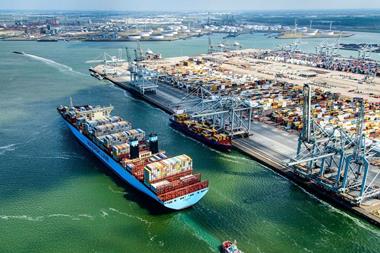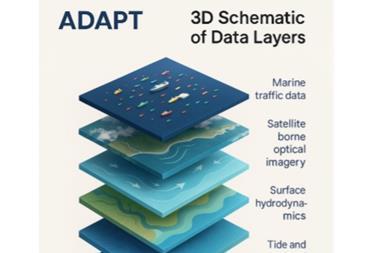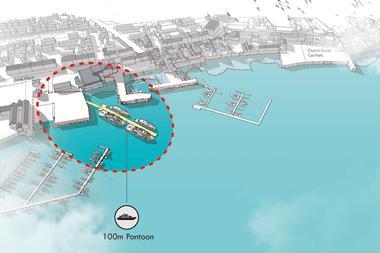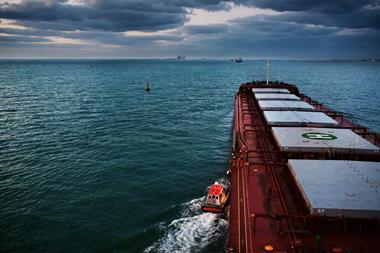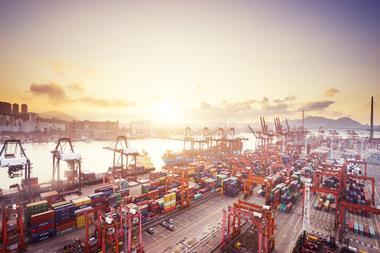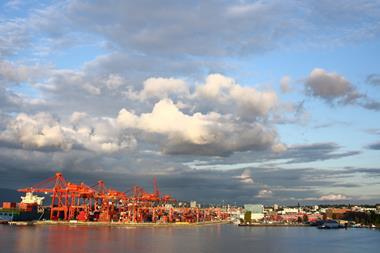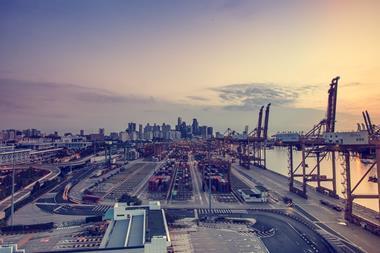Offshore wind, particularly the advent of floating wind, is reshaping the demands placed on coastal infrastructure, turning ports and harbours into active participants in energy generation rather than passive gateways for trade.
This shift requires new thinking around planning, operations, and environmental compliance.
With integrated assessments, advanced data science, and early stakeholder engagement, APEM Group supports ports in navigating complex regulatory pathways and enabling the offshore wind transition.
“Ports are under pressure to deliver quickly and sustainably, but fragmented consenting pathways can slow progress and increase risk,”
says Nicola Solly, Associate Director – GoBe Consultants (part of APEM Group).
“Our integrated services and in-house expertise help clients break down the requirements and work through each stage with confidence.”
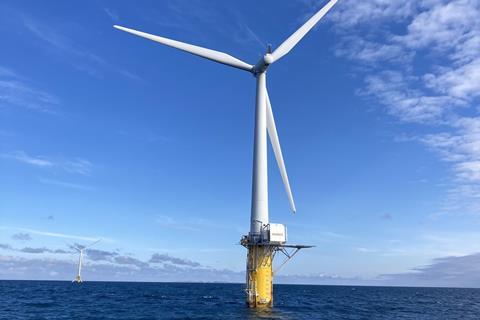
Unpacking Fragmented Regulatory Frameworks
Port developments that support offshore wind infrastructure often require both marine and terrestrial consents. These are governed by different regulatory frameworks, involve separate authorities, and need distinct technical assessments. The result is a fragmented experience for port authorities; one that can lead to misaligned timelines, duplicated assessments, and unclear responsibilities.
“We’ve seen projects stall not because of technical issues, but because of regulatory misalignment,” adds Nicola. “That’s where early coordination and integrated planning make a real difference.”

Integrated Assessments and Early Engagement
APEM Group advocates for a joined-up approach to consenting. This includes integrated Environmental Impact Assessments (EIAs) that span both marine and terrestrial scopes, clearer guidance on aligning multiple regulatory pathways, and early stakeholder engagement to surface and resolve concerns before they escalate.
Feasibility studies, particularly those informed by data, are essential to this process. They help identify navigational risks, vessel traffic patterns, and spatial constraints, enabling developers to make informed decisions and reduce the risk of objections later in the process.
“Our advanced data science and stakeholder consultation services deliver precise navigational risk assessments, helping clients de-risk their projects from the outset,” says Sam Anderson-Brown, Associate Director (Ports & Harbours) – NASH Maritime (part of APEM Group). “We bring over 100 years of combined maritime experience to every engagement.”
Best Practices from Real-World Projects
Recent projects demonstrate how strategic planning can streamline consents and reduce delays:
- The Liverpool Cruise Terminal required detailed assessments of plankton, benthic invertebrates, fish, marine mammals, and ornithology, particularly in relation to nearby European Marine Sites. Early and thorough analysis helped build a strong case for consent.
- At London Gateway Port, Berths 5 & 6 development integrated HRA screening and Stage 2 assessments into early project planning, helping to accelerate regulatory approvals.
- Thames Tideway Tunnel required navigational risk assessments throughout the construction phase. These assessments ensured safe and efficient vessel movements along the River Thames, helping to mitigate risks and maintain operational continuity.
- For Cory’s Carbon Capture Project, early navigational risk expertise supported safe integration of new marine infrastructure into the busy Thames environment.
“These projects show that when environmental and navigational assessments are integrated from the outset, and stakeholder engagement is sustained, the consenting process becomes far more efficient,” says Sam.
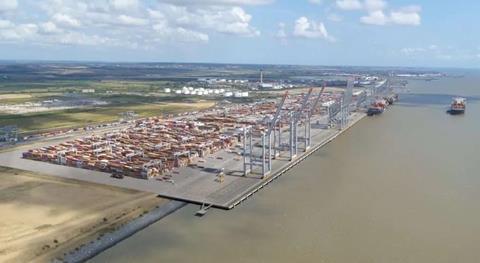
Embedding Monitoring into Operations
Monitoring solutions, such as those for invasive non-native species or marine ecology, can be embedded into routine port operations.
This not only reduces disruption but ensures ongoing compliance and builds confidence among regulators and stakeholders.
“We provide holistic, in-house services that reduce interfaces and improve consistency,” notes Chris Ashelby, Associate Director – Marine BioLabs & Surveys - APEM. “That means better data continuity, cost-effectiveness, and fewer surprises.”

Supporting the Offshore Wind Transition
As floating offshore wind becomes a key component of the UK’s low-carbon future, ports must be ready to support its growth. APEM Group’s approach, combining technical excellence, integrated assessments, and novel technology, helps ports and harbours meet this challenge head-on.
“Our goal is to make the consenting process clearer, faster, and more strategic,” concludes Nicola. “That way, ports can focus on what they do best; enabling the energy transition.”







